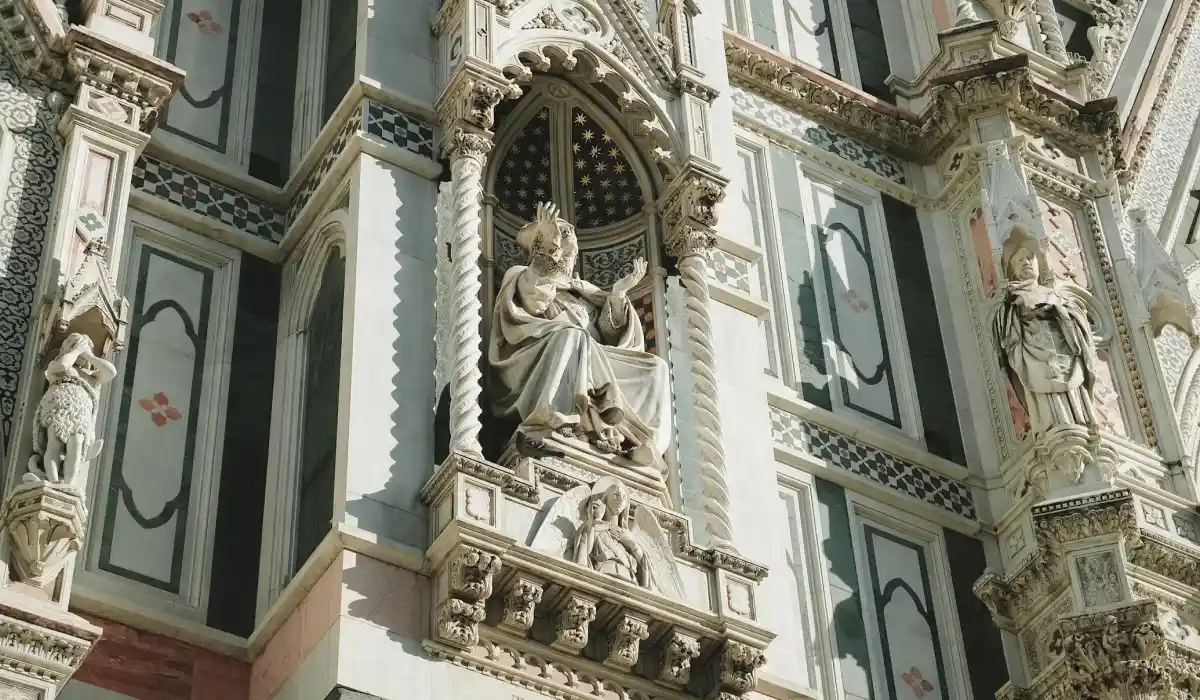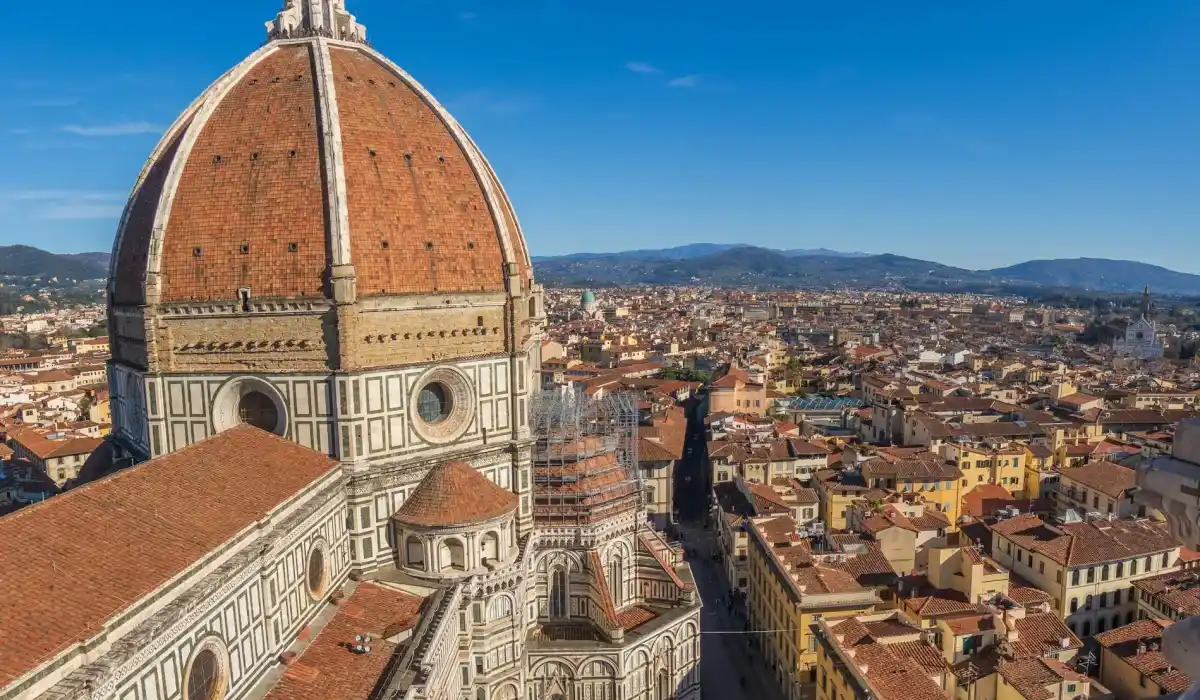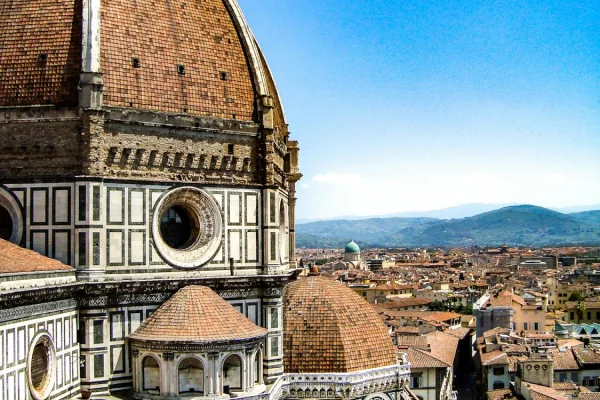Wealth and Commerce:
Artistic Renaissance:
Spiritual Significance:
The Competition:
The Design Challenge:
The Role of Arnolfo di Cambio:




DUOMO FLORENCE TICKETS
The Ghiberti Pass is your golden ticket to explore three magnificent monuments without any strenuous climbs. Let’s take a captivating jo… see more

DUOMO COMPLEX

TOURIST INFORMATION
